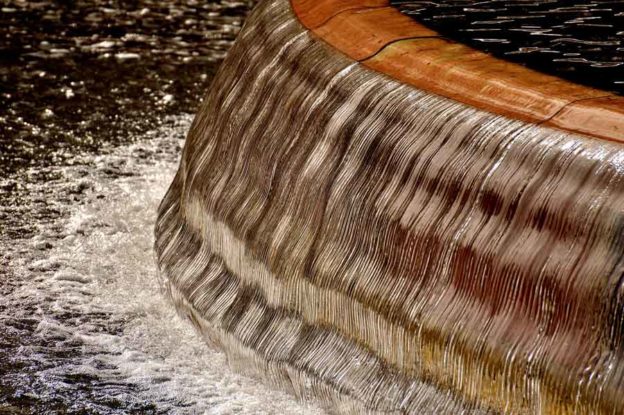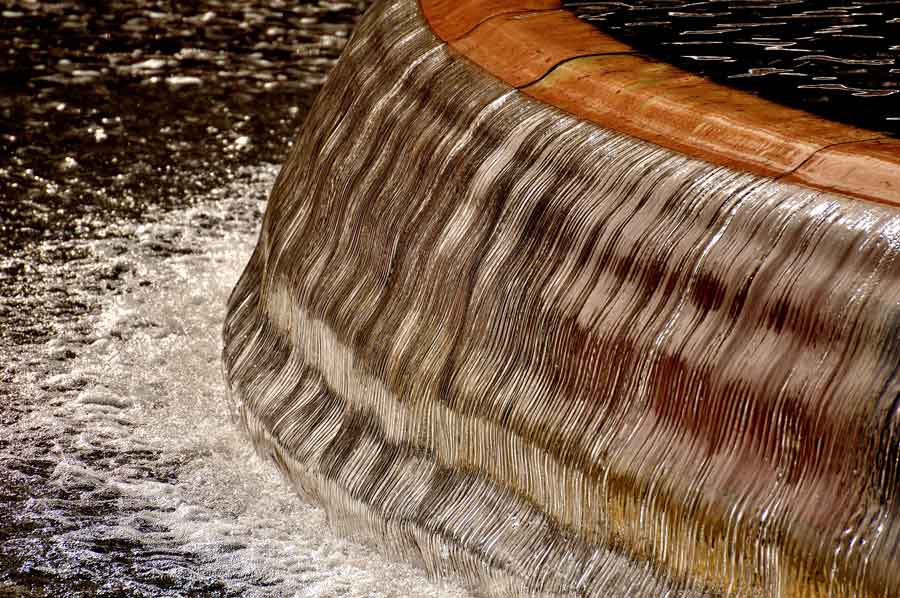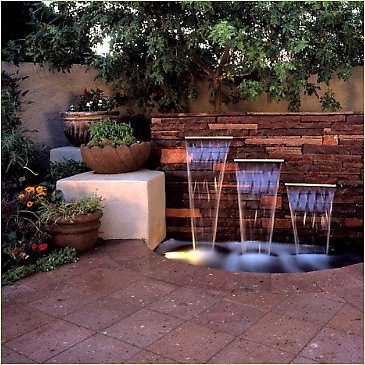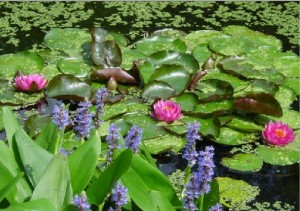
Algaes in your backyard fountains don’t only look bad, but they also damage your filtration system and can harm you and your pets’ health.
Because outdoor fountains expose water to sunlight, this naturally creates algae blooms. Though this process is natural and unavoidable, it doesn’t mean there’s nothing you can do to prevent or slow this process. Learn about the tricks that help fountain owners maintain their water health!
Change Your Fountain Water
Change the water of your fountain at least once a month by completely draining your fountain, letting it air dry, then refilling it.
Algae grow in your water naturally. But when you change the water monthly, you get rid of the current ones and prevent their rapid spread. By doing this, you also prevent algae build up in your pump, which can lead to a clog.
Regular Cleaning
More than just changing the fountain water, you should also clean the fountain itself every two months. Scrub your fountain surface regularly and thoroughly clean your pump by brushing its parts with a toothbrush and clean water.
When the surface of your fountain starts to develop a film or feel slippery, deep clean the fountain by emptying it of all water and scrubbing it with a brush or sponger, hot water, and some mild soap solution.
Meanwhile, when taking apart your pump, consult your fountain manual and carefully follow the manufacturer’s instructions on how to clean and assemble your pump, since all pumps are different.
Alter Your Water
Algae forms because of the chemical reaction between water and sunlight. Hence, a way to prevent algae formation is by changing the chemical properties of your water through the use of chlorine, bleach, or algaecides.
These chemicals act as a disinfectant. By adding approximately ¼ teaspoon of chlorine or bleach to every gallon of water, you can kill existing algae in your water fountain and prevent future algae growth.
Similarly, algaecides or algae preventive products, such as BioGuard and Kem-Tek, eliminate algae and prevent future spore growth, so your fountain can boast healthy water. Just keep in mind that these strong chemicals can make water toxic. So, if you have pets or children, it’s best to keep the concentration levels low, lest they drink the treated water.
Add Some Shade
Another way to prevent algae growth is to minimize the sunlight touching the water. To do this, you can relocate your outdoor fountain to a more shaded area to avoid direct sunlight exposure during the hottest times of the day.
Doing this can go a long way in slowing down the growth of algae, and help you minimize algae overall, while you practice other abovementioned tips for maintaining water health.
Water Fountain Repair
Following the tips above goes a long way in maintaining water health. But there are just some problems you can’t DIY, and you’ll need help from an experienced water fountain repair service.
Whether your fountain has deep cracks, is losing water for some unidentifiable reason, or if you have an algae disaster on your hands, we got you covered!
We help maintain all types of water features and understand backyard fountains and garden fountain repair more than anyone.
We can help restore your water feature, so you can fully enjoy your outdoor space. Contact us at 949-653-2305 at Orange County Pond Service today!


 Cement and resin fountains are known for their durability, but they are still prone to cracking and crumbling, and you’ll need a reliable
Cement and resin fountains are known for their durability, but they are still prone to cracking and crumbling, and you’ll need a reliable 


 Pond & Fountain Care, an Orange County-based landscaping and designing company founded in 2001, has been providing services to improve home or corporate aesthetics using natural elements, waterfalls, and ponds.
Pond & Fountain Care, an Orange County-based landscaping and designing company founded in 2001, has been providing services to improve home or corporate aesthetics using natural elements, waterfalls, and ponds. 